Deck & Commander Strategies

Flubs, the Fool
A high-powered storm deck centered on discarding cards to madness for free or reduced cost, generating massive card advantage and combo potential through repeated discard triggers.

Helga, Skittish Seer
A value-oriented deck focusing on accumulating +1/+1 counters on Helga and drawing cards while gaining life, using incremental advantage and board presence to control the game.

Glarb, Calamity's Augur
A good-stuff Sultai deck employing versatile spells and creatures, leveraging graveyard interactions and flexible removal to maintain control and create value.

Clement, the Worrywort
An ETB-focused deck that bounces creatures to reuse their enter-the-battlefield effects, generating value and board presence through repeated triggers.
Gameplay Insights
- 1
Spencer's use of Flubs to repeatedly trigger madness and discard synergies created a powerful engine that demanded focused removal from opponents.
- 2
Casting Squee, Goblin Nabob provided a nearly indestructible combo piece due to its ability to be cast from exile and graveyard, forcing opponents to adjust their strategies.
- 3
Helga's incremental growth through life gain, card draw, and +1/+1 counters made her a persistent threat that sustained pressure over multiple turns.
- 4
Clement's strategy of bouncing creatures to reuse ETB effects allowed for repeated value generation but was limited without creatures in graveyards early on.
- 5
Glarb's inclusion of flexible removal like Reclamation Sage and card draw spells helped maintain board control and counter the opponents' combo attempts.
- 6
Strategic land fetching and mana acceleration, such as using fetch lands and artifacts like Mox Amber and Crucible of Worlds, enabled explosive turns and combo execution.
Notable Cards
-
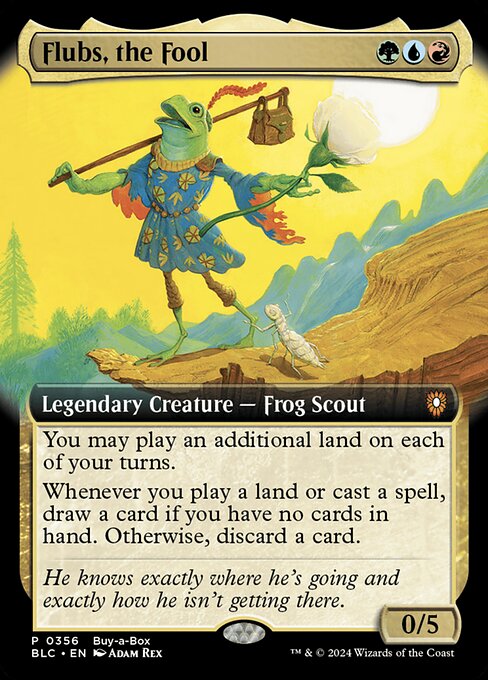
Flubs, the Fool
-
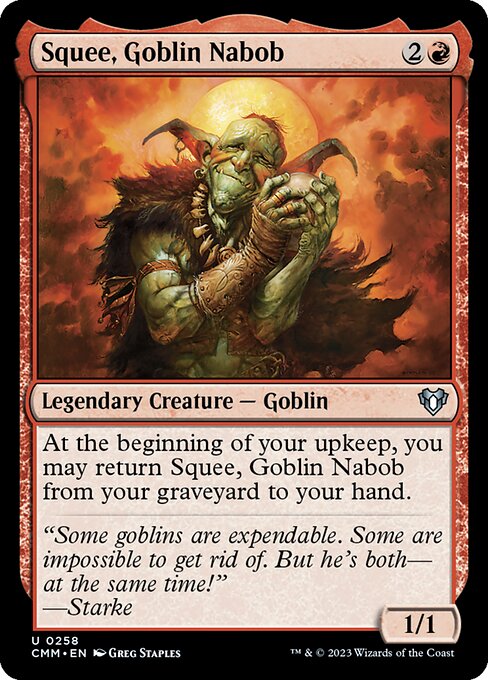
Squee, Goblin Nabob
-
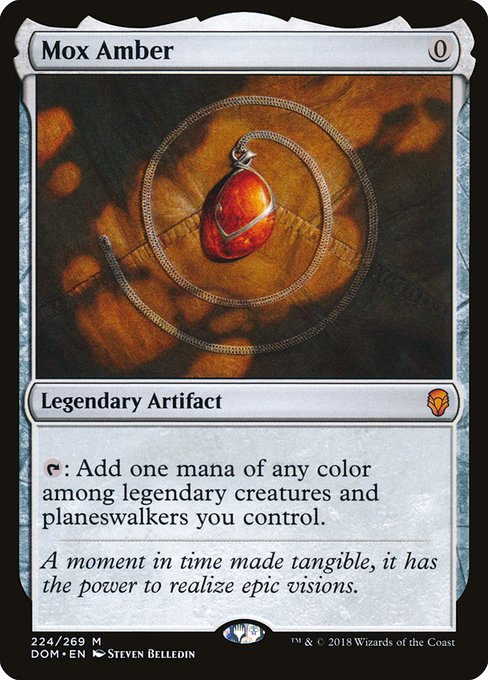
Mox Amber
-
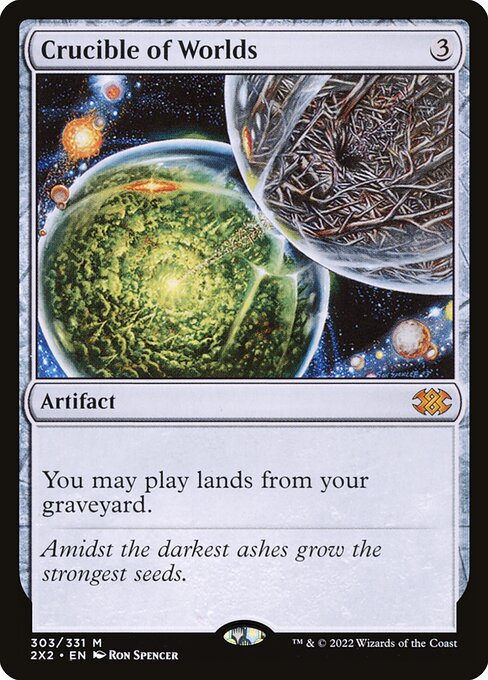
Crucible of Worlds
-
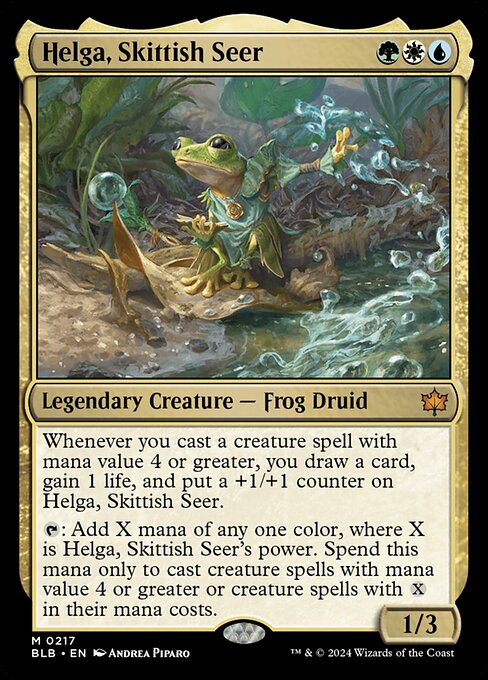
Helga, Skittish Seer
-
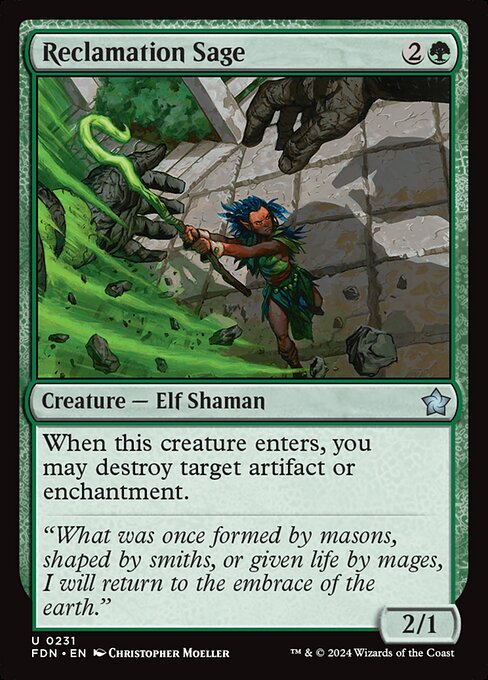
Reclamation Sage
-

Arcane Signet
Gameplay Summary
The game began with each player deploying their respective strategies: Spencer with a storm-centric Flubs, the Fool deck focused on generating massive madness and discard synergies; Quaid piloting Glarb, Calamity's Augur, a good-stuff Sultai deck; Steve running Clement, the Worrywort, emphasizing enter-the-battlefield effects; and Devin on Helga, Skittish Seer, supported by Kruga the Macro Sage, leveraging card draw and incremental value.
Early turns saw players establishing their mana bases and setting up key pieces such as Flubs triggering discard chains and Helga accumulating +1/+1 counters and card advantage through draws and life gain. As the game progressed, Spencer's Flubs deck demonstrated its power with multiple discard triggers enabling madness casting, supported by artifacts like Mox Amber and Crucible of Worlds for mana acceleration and recursion.
Meanwhile, Helga and Clement developed board presence, with Helga growing larger through counters and Clement bouncing creatures to reuse ETB effects.
Glarb maintained a flexible toolkit, including spells like Reclamation Sage and creatures that synergized with graveyard interactions.
A pivotal moment was Spencer casting Squee, Goblin Nabob, a resilient combo piece difficult to remove due to its reanimation and casting from exile abilities, which forced the table to adapt and focus removal on Flubs' engine.
The game featured continuous interaction with creatures, card draw, and strategic land fetching while players jockeyed for position to execute their win conditions. The win conditions revolved around Spencer's storm and madness combo pieces overwhelming opponents, Helga leveraging incremental advantage and board control, Clement exploiting ETB triggers for value and damage, and Glarb utilizing versatile removal and value spells.
The gameplay highlighted the importance of resource management and timing, particularly with Flubs' discard triggers and Helga's growing board state, leading to dynamic board states and tense decision-making moments.


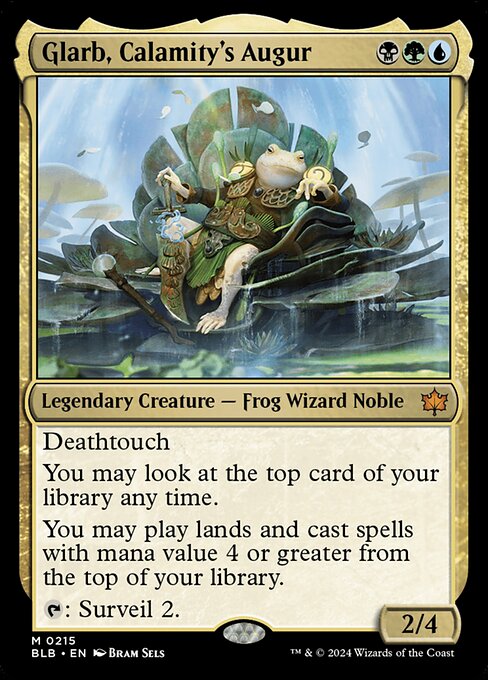
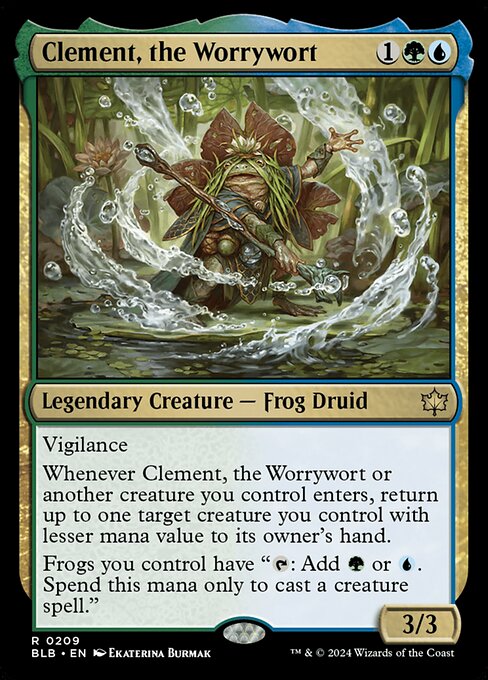





















![Double the Frogs Double the Wizards Double the Fun! [cEDH Gameplay] FLUBS v GLARB v VIVI v DEREVI thumbnail](https://i.ytimg.com/vi/q7dI4pAhl9s/sddefault.jpg)







